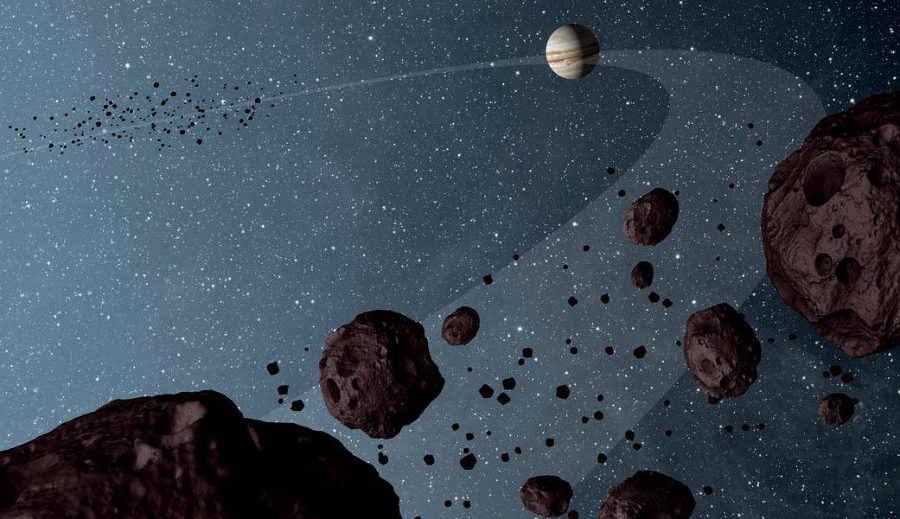Near-earth asteroids are becoming more and more of a concern for astrophysicists. We have several of them zooming past on a regular basis. NASA found around 25 000 of them over almost two decades, but in 2020 alone, they added another 3 000 to the list. Of those, 107 came scarily close to earth that same year – 2 000 – 3 000km for most of them, but one came as close as 400km. In cosmic terms, these are considered very close. The next big approach will be in 2029, when an asteroid named Apophis will return and whizz by in the same orbit as some of our high-altitude satellites.
Our Defense Again Near-Earth-Asteroids That Pose A Real Threat
NASA is currently busy with our first Planetary Defense Test Mission to see if they would be able to deflect an asteroid from it’s orbit, if one ever threatens to collide with earth. The spacecraft Osiris Apex is on it’s way to Apophis to try and push one of it’s moonlets off it’s course.
Near-Earth-Asteroids Zip By All The Time
The feeling is that with so many space boulders whirling around us, it’s only a matter of time before a big one heads our way, the way it did during the time of the dinosaurs. In the past three weeks, there have been six rocks of varying sizes, that were considered near-earth asteroids. Although the two that flew by last week were 1,6-and-2,9-million km away respectively – both are considered near-earth asteroids. That may sound like a small distance, but if it is sizable, it would cause unimaginable devastation if it were to hit us. At speeds of between 30 000 and 40 000 km/h, three more floated by on Saturday and Sunday, one of which measured around 55m in diameter.

NASA has a very cool asteroid-watch dashboard that is a must for any budding space scientist. It allows you to click on all the asteroids in our vicinity and then gives you a pop-up with interest facts and figures, including distance and chances of a collision with earth.
It also shows all the missions that have been conducted to those asteroids, which is very cool geek facts.







